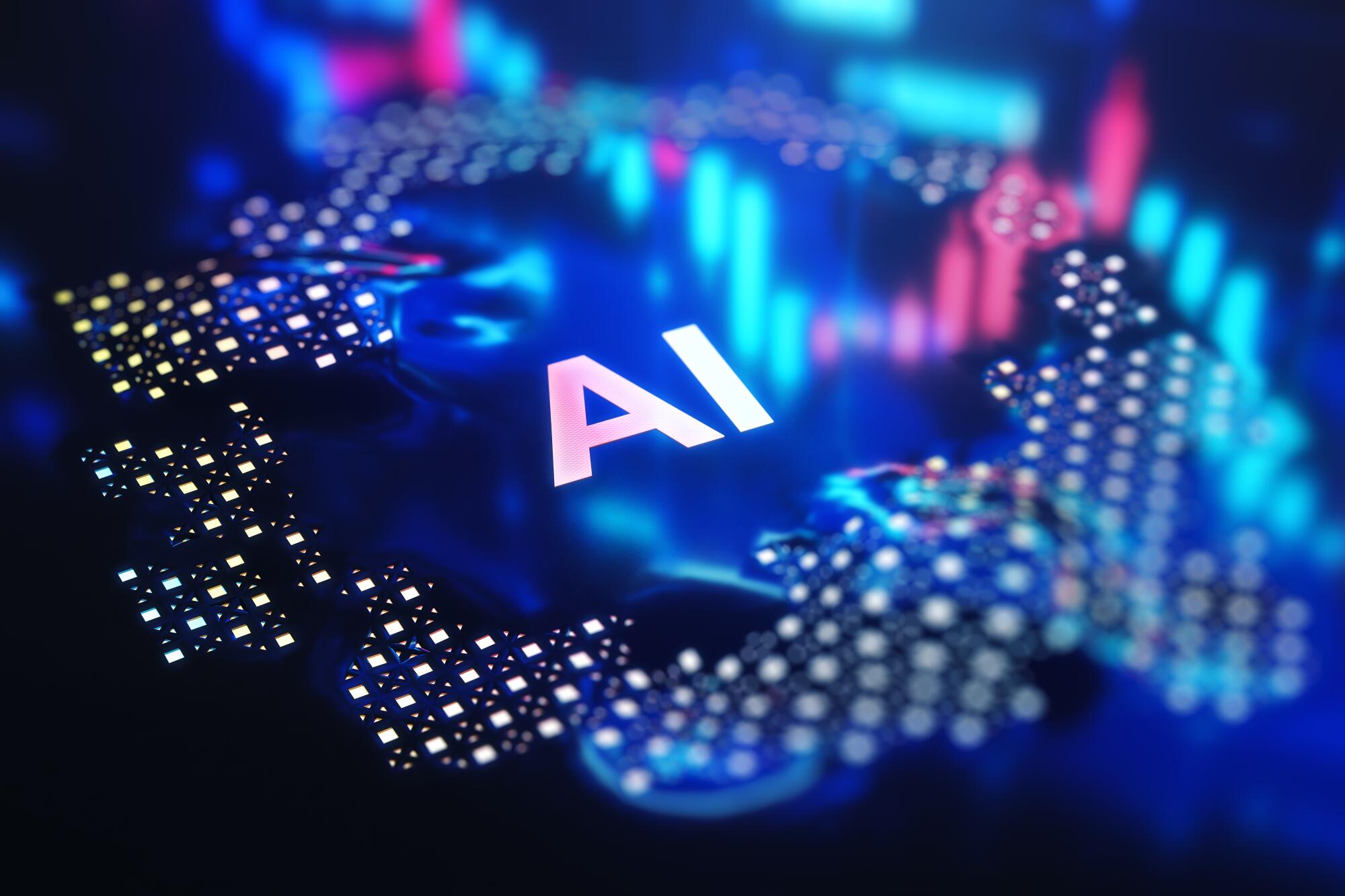Products
Use cases
Industries
Resources
Company

Artificial Intelligence works differently depending on the system and its intended use. Some eDiscovery solutions are created to search for matching words, while others are designed to understand what a user is looking for, deducing information from various conversations across media sources. When you understand the difference, you can help your legal team save time while avoiding costly mistakes with an eDiscovery platform.
Artificial intelligence has become part of nearly everything we use today. It's virtually impossible to utilize software or a platform that doesn't have an AI component.
However, a little research into these platforms shows that there are discrepancies among AI tools -- some are more comprehensive than others, while others, although claiming to be intelligent, are anything but. In eDiscovery, time, accuracy, and compliance aren't optional -- they're an absolute must.
This is why you have to understand the difference between platforms: understanding which automate searches and which actually think with you, offering true artificial intelligence.
Basic AI-driven platforms sift through thousands of documents in a fraction of the time it would take a human. They:
Although this is extremely helpful, it's still just automation. If you require true artificial intelligence, then you'll need a platform that takes things a step further with advanced eDiscovery features.
Artificial intelligence should recognize context, this is essential, as it helps a platform adapt to a specific user's behavior. From there, AI can learn from feedback, delivering smarter and more refined results.
If you're using an AI eDiscovery platform that finds documents using matching words and nothing else, then it's essentially just a search bar. This is why you need legal analytics software that understands why certain documents matter.
It should also link concepts together across a variety of formats and languages. When your platform does all this, you know you're using real AI that's helping think for you.
Since legal data is often nuanced, keywords need to be more advanced than something that might pull hundreds of irrelevant hits. When using an eDiscovery platform that relies on advanced AI, it's able to infer meaning from your request.
From there, it has the capability of spotting patterns that a human reviewing data might otherwise overlook. What's important about this is that teams don't have to focus all their time on a data dump of reviews - instead, discovery becomes more meaningful. This is especially important under tight deadlines and when human error poses a real risk to discovery.
Another thing to look for in true artificial intelligence is the ability for it to learn over time. An eDiscovery platform should understand the way its user:
From there, it becomes more efficient with each and every use. Eventually, a document review platform will anticipate what its user is searching for even before it's given another query.
When platforms have continuous learning, it not only saves humans from hours of tedious review but also improves overall accuracy. The more you use an advanced eDiscovery platform, the better it works.
Intelligent systems are also known for handling data across a variety of sources with ease. Some of these sources include:
What's great about these systems is that they do much more than look for keywords, they're adept at connecting timelines and identifying relationships across data. From there, they're able to uncover hidden threads between people or across a myriad of topics.
When used in Slack messages, having a platform that can recognize patterns with ease isn't just innovative, it's extremely helpful in turning raw data into valuable information.
One of the biggest concerns that users have with AI in eDiscovery is transparency. Legal teams often question how AI intelligent search tools make decisions. This is why it's important to find an eDiscovery platform that doesn't just offer results, it explains them in clear, concise words.
When you have the best system available, you won't just see that it flagged a file, you'll understand why. For example, if a certain pattern triggered its relevance, you need to understand how confident the system was in its decision. By providing concrete information to legal teams, they can justify their use of technology during discovery.
AI search tools use pattern recognition and rely on keyword matching. True AI intelligence learns context; from there, it can adapt to a user's behavior. The results improve with every project as AI learns to interpret data.
Your system should improve with tagging, relevance ranking, or predictive coding with use. If your system becomes more accurate over time, it's most likely machine learning.
Since words have multiple meanings depending on their context, it's important to use context-aware AI systems. They can detect tone, something essential in discovering evidence. These systems can also detect sentiment and relationships between topics and people.
Yes. Intelligent AI handles repetitive tasks that would otherwise burden human workers. This can save legal teams dozens of hours per case while increasing accuracy.
Yes. Modern eDiscovery AI platforms typically have built-in safeguards.
These are important for privilege detection, redaction, and compliance. Keep in mind that they don't replace human oversight; however, they make it easier to detect risk with sensitive data.
Although AI is in virtually every program available today, it doesn't mean that each system is smart. For eDiscovery, however, you need a platform that's adept at doing more than finding files or searching for keywords. You need a system that can learn your behavior, adapt how it searches, and explain how it arrived at its results.
If you're ready to move away from basic AI into something advanced, Reveal's AI-powered eDiscovery platform offers a perfect combination of context, automation, and true intelligence. It's not only user-friendly, but it delivers seamless, fast results.